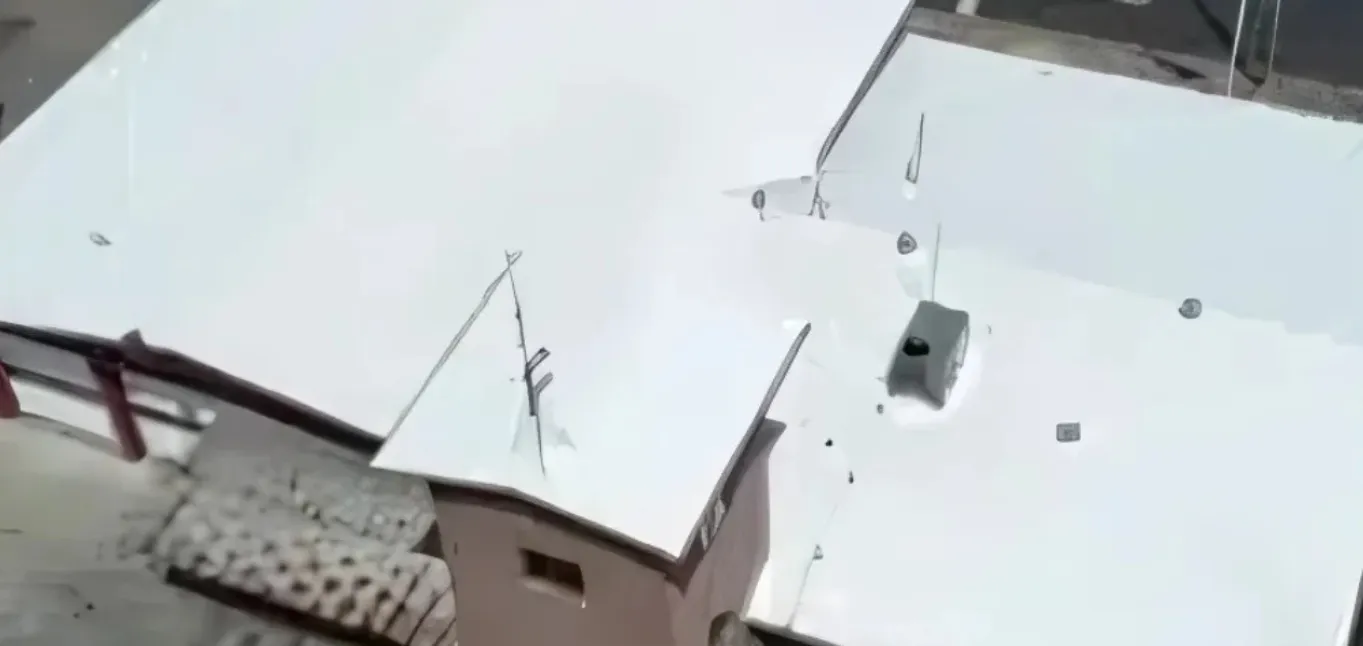
How Long Does a TPO Roof Last? Signs It’s Time for a Replacement
Thermoplastic Polyolefin (TPO) roofs have gained popularity for their durability, energy efficiency, and cost-effectiveness. However, like all roofing materials, they have a finite lifespan. If you’re curious about how long a TPO roof can last and the warning signs of potential replacement, this comprehensive guide will answer your questions.
How Long Does a TPO Roof Last?
On average, a TPO roofing system lasts between 15 to 30 years, depending on factors like installation quality, maintenance, and environmental conditions. Here’s a breakdown of the major factors affecting its lifespan:
- Installation Quality: A poorly installed TPO roof may develop issues early on. Always search for experienced TPO roofers near me to hire to ensure proper installation.
- Maintenance: Regular inspections and timely repairs can significantly prolong a TPO roof’s longevity.
- Climate and Weather: Extreme weather conditions, including excessive UV exposure, heavy rainfall, and temperature fluctuations, can shorten the roof’s lifespan.
- Material Quality: Opting for high-quality TPO membranes with UV stabilizers can extend its performance, often up to 30 years under the right conditions.
Signs It’s Time for a TPO Roof Replacement
Knowing when your TPO roof needs repairs or roof replacement is vital to maintaining your property’s value. Here are the key warning signs:
1. Age of the Roof
If your TPO roof is 15–20 years old or older, it may be nearing the end of its usual service life. Even with excellent maintenance, older roofs are more prone to issues like leaks or structural damage.
2. Ponding Water
Flat and low-slope roofs, like TPO, are particularly susceptible to ponding water. If water remains on the roof for more than 48 hours after rainfall, it can cause membrane degradation, leading to leaks or mold growth.
3. Membrane Damage
Signs of physical damage to the TPO membrane, such as tears, punctures, bubbles, or blisters, can compromise its waterproofing capabilities. These issues often result from foot traffic, fallen debris, or aging.
4. Seam Separation
Aging TPO membranes may experience seam lifting or peeling, which allows water infiltration and undermines the roof’s integrity. If unaddressed, this can cause significant internal damage.
5. Discoloration or Chalky Surface
Significant fading or discoloration suggests UV damage, while a chalky residue on the surface indicates material degradation. These signs often mean the roof is nearing replacement.
6. Leaks or Interior Water Damage
Interior issues such as water stains, mold growth, or dripping are telltale indicators that the roof has failed to keep water out. Persistent leaks often necessitate a replacement rather than simple repairs.
Extending the Lifespan of your TPO Roof
While TPO roofs have a natural lifespan of 15–30 years, you can maximize their durability with these tips:
- Schedule Regular Inspections: Have professional inspections at least twice a year or after severe weather events.
- Prompt Repairs: Address minor issues immediately to prevent larger problems down the line.
- Proper Drainage: Ensure excellent water drainage to avoid ponding water, which accelerates wear and tear.
- Debris Removal: Regularly clean your roof to prevent buildup that can cause damage.
Conclusion
A TPO roof is a long-lasting, efficient investment for commercial and residential properties alike. However, its lifespan is heavily influenced by factors like installation, maintenance, and climate. If your roof is aging or showing warning signs such as ponding water, membrane damage, or leaks, consult with professionals to decide whether repairs or a full replacement is necessary.
Need experienced TPO roofers near you for roof inspections, repairs, or replacement? Contact Peterson Roofing Co., Inc., and let us help you maintain your roof’s integrity and longevity.
Contact Us
1509 K Street #107 | Modesto, CA 95354
